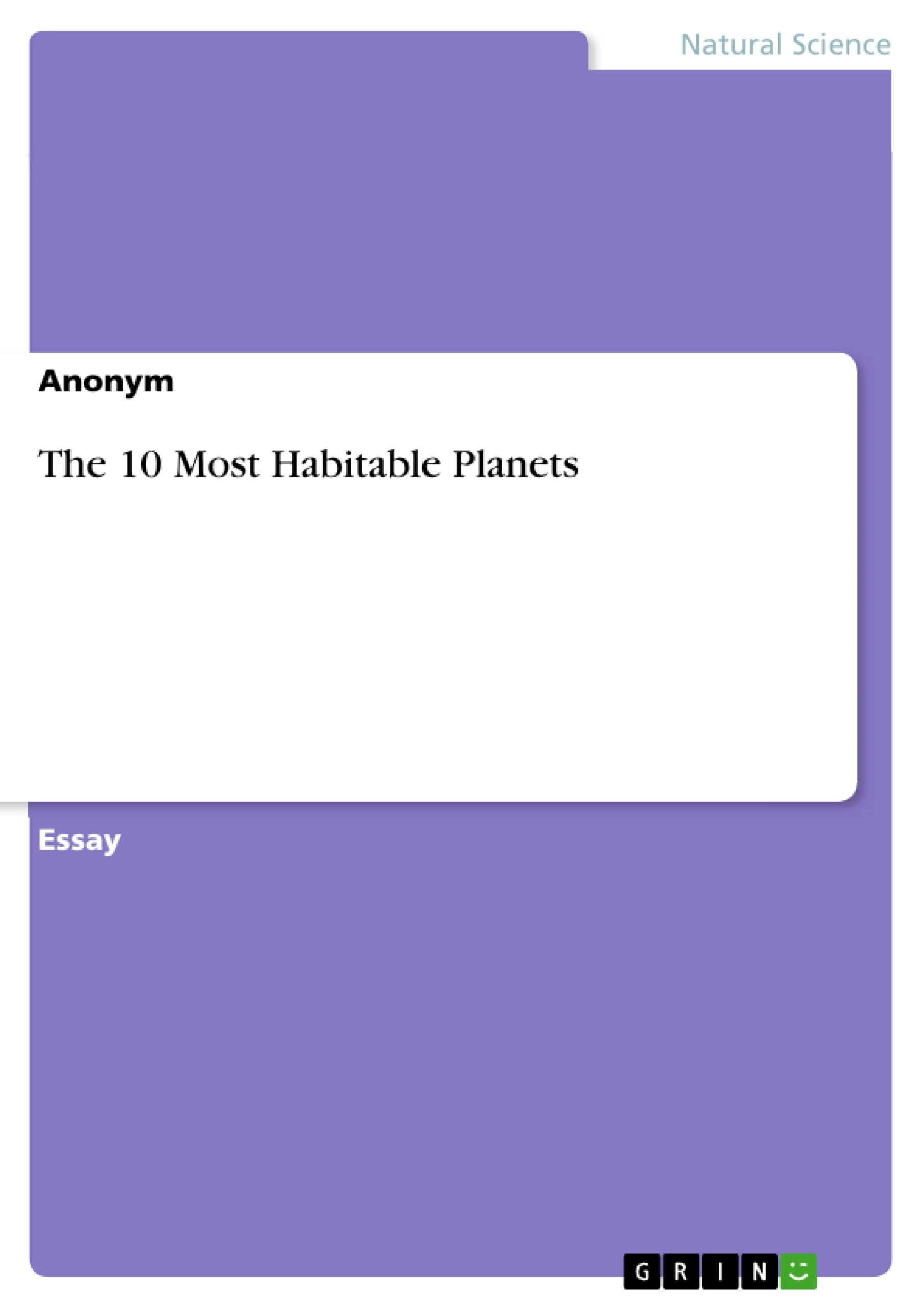Finding life outside of Earth has played an enormous part in the history of Space. So far we have no proof that life exists beyond our own planet, although, after a lot of work, scientists have surprisingly found places that could, in fact, sustain life. This, of course, isn’t guaranteed, but, if we were to live there, we would do just fine.
In the following list, I will be writing about the top 10 places that could quite possibly have alien life. Some of these places can be as far 1,000 light years or as close as Jupiter, keep reading to learn more about these extraordinary places.
Table of Contents
- Intro
- List
- Tau Ceti F
- HD 85512 b
- Gliese 581 D
- Gliese 667 Cf
- Kepler-62e
- KOI 736.01
- Kepler 69C
- Kepler 186f
- Europa
- Sources
Objectives and Key Themes
This article explores the possibility of alien life beyond Earth by compiling a list of ten potential candidates, ranging from neighboring stars to those thousands of light years away. Each entry discusses key characteristics, potential for habitability, and the evidence supporting their inclusion on the list.
- Habitability of Exoplanets
- The Goldilocks Zone
- Potential for Liquid Water
- Atmospheric Composition
- Distance from Earth and Technological Reach
Chapter Summaries
- Tau Ceti F: Located in the habitable zone of its star, Tau Ceti F is a super-Earth with potential for water. However, its relatively young age suggests it may not have had enough time to develop advanced life.
- HD 85512 b: Orbiting its star within the habitable zone, HD 85512 b is a potential candidate, but its atmospheric composition remains unknown, making it unlikely for life to have formed there.
- Gliese 581 D: This planet, orbiting a red dwarf star, is considered too cold for advanced life, but the possibility of extremophiles existing there is not entirely ruled out.
- Gliese 667 Cf: A super-Earth orbiting a red dwarf star in a three-star system, Gliese 667 Cf holds potential for water and a similar atmosphere to Earth. However, its close proximity to its star raises questions about habitability.
- Kepler-62e: This rocky world, 1.6 times larger than Earth, is located in the habitable zone and is believed to have water and possibly oxygen. Its short year length (122 days) suggests a different kind of planetary environment.
- KOI 736.01: Considered one of the most habitable planets discovered, KOI 736.01 is a meso-planet with a rocky surface, a range of temperatures, and a potential for oxygen. However, little is known about its actual conditions.
- Kepler 69C: This Venus-like planet, located in the habitable zone, is believed to contain water and essential gases like oxygen, making it a possible ocean world. Its distance from Earth makes it challenging to study further.
- Kepler 186f: One of the first Earth-like planets discovered, Kepler 186f is considered a strong candidate for life, with potential for oceans due to its similar gravity to Earth. However, its location 500 light-years away poses a significant challenge for exploration.
Keywords
This article focuses on the search for alien life, exploring exoplanets, habitable zones, the presence of liquid water, atmospheric composition, and the impact of distance on potential exploration. It emphasizes the importance of factors like atmospheric composition, gravity, and surface temperature in determining a planet's habitability.
- Quote paper
- Anonym (Author), 2015, The 10 Most Habitable Planets, Munich, GRIN Verlag, https://www.grin.com/document/311402



